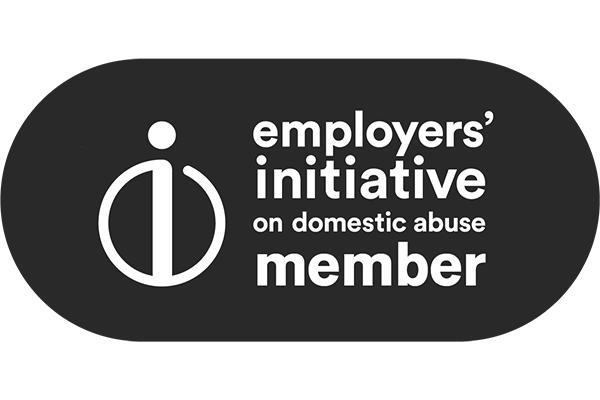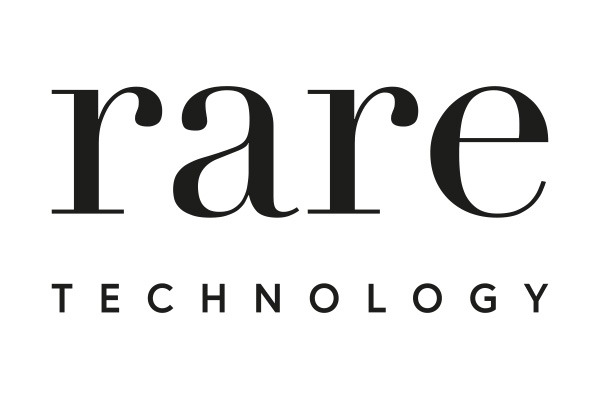
Contributors: Kirsty Headden
Date published: 3 July 2024
A quick guide to recovering pension overpayments
Pension overpayments: an unfortunate, but all too common, fact of life for many pension schemes. Whether as a result of administrative error, IT glitch, or misinterpretation of scheme rules, overpayments of lump sums and pensions happen, and trustees are often left wondering how – or whether – to get that money back.
Having an established process in place for handling overpayments is key to ensuring an efficient and inexpensive solution can be reached.
Well, you’re in the right place – this is our quick guide to recovering overpayments.
Step 1: Identify the overpayment
The first step is to identify the overpayment. This may seem obvious, but the Pensions Ombudsman (TPO) has been known to criticise trustees where they have failed to spot an overpayment for an extended period of time. Given the practicalities of pension scheme administration, trustees will likely have to rely on their administrators to pick up errors.
Overseeing the implementation of strong administrative practices, with sufficient controls in place to enable any payment discrepancies to be flagged, should be a key concern for trustees. Long delays in identifying overpayments are, nevertheless, sometimes inevitable and trustees should take what practical measures they can to ensure that once identified, the issue is dealt with as quickly as possible. More on this below.
Step 2: Consider the options
Pension scheme trustees are under a well-established legal duty to pay pension benefits in accordance with the trust deed and rules. The default position is that trustees should seek to recover any overpayment and ensure benefits are paid accurately.
In some circumstances, trustees may decide not to seek recovery of some or all of the overpayment. Factors to be considered may include the amount of the overpayment; the cost of recovery; the age or vulnerability of the member; and the views of the employer (for example, reputational concerns). The member may also have defences against recovery that they can put forward.
The rest of this article assumes that trustees wish to recover the overpayments in full. Of course, members could be asked to simply repay the amount in a lump sum, but many members don’t have the resources to do so, especially if they are pensioners.
An alternative, where the member has a pension in payment, is something known as “recoupment”. Recoupment works by reducing a member’s future pension payments so that over time the overpayment is recovered in full. This method is only available where the member is in receipt of ongoing benefits under the scheme.
Step 3: Agree recoupment with the member
Ideally trustees will reach a mutual agreement with the relevant member as to the level and timescale for the repayment plan. In reaching an agreement, trustees should account for the member’s financial circumstances to ensure that any repayment plan is not unduly harsh. A general rule of thumb is for the timescale for recovery to be at least as long as the duration of the overpayment. For example, if a member has been overpaid for three years, they should be given at least three years to repay.
The trustees also need to make sure they are complying with statutory requirements. Section 91 of the Pensions Act 1995 contains prohibitions on giving up or setting off pensions in payment, but there is an exception for recoupment as long as the member agrees to the amount of the recoupment.
Unfortunately, reaching agreement can sometimes be easier said than done. So, what happens where members dispute the proposed recoupment?
Step 4: Dispute resolution and the Pensions Ombudsman
Where a dispute arises, typically the member will request to go through the scheme’s Internal Dispute Resolution Procedure (IDRP). If agreement is reached through the IDRP, the trustees should be able to revert to Step 3 and put the agreed recoupment plan into action. If not, the next stage is a referral to TPO.
TPO will provide a legally binding determination having considered all the relevant factors of the case. This should include confirmation of the amount to be recouped and the timescale for doing so. Beware, though, that TPO involvement can often mean delays.
Step 5: Obtain the blessing of the court
A recent legal development has added an additional step to the recoupment process where agreement has not been reached with the member. Section 91 of the Pensions Act 1995 provides that, where there is a dispute over the recoupment, the trustees need “an order of a competent court” before they can use this remedy.
An English Court of Appeal case (The Pensions Ombudsman v CMG Pension Trustees Limited & Anor) held that TPO is not a “competent court” for the purposes of section 91. As a result, any TPO determination on recoupment will not be enforceable until the determination has been endorsed by the County Court in England and Wales, or the Sheriff Court in Scotland. Such an endorsement would be a purely administrative step, but a crucial one nonetheless.
Key takeaway
While it’s easy to set out each step in the process of recovering overpayments, in practice this can be a very sensitive and difficult process. Members may feel justifiably frustrated and disappointed to learn that their entitlement is lower than they thought, particularly when there is a significant sum to repay. Trustees should carefully consider how to proceed at each step along the way.
For tailored advice, please contact a member of our pensions team.
This article has been co-authored by Paralegal Jamie Hadden.
Contributors:
Kirsty Headden
Partner
To find out more contact us here
Sectors: Financial Services, Investment Funds, Insurers and Pension Funds






















